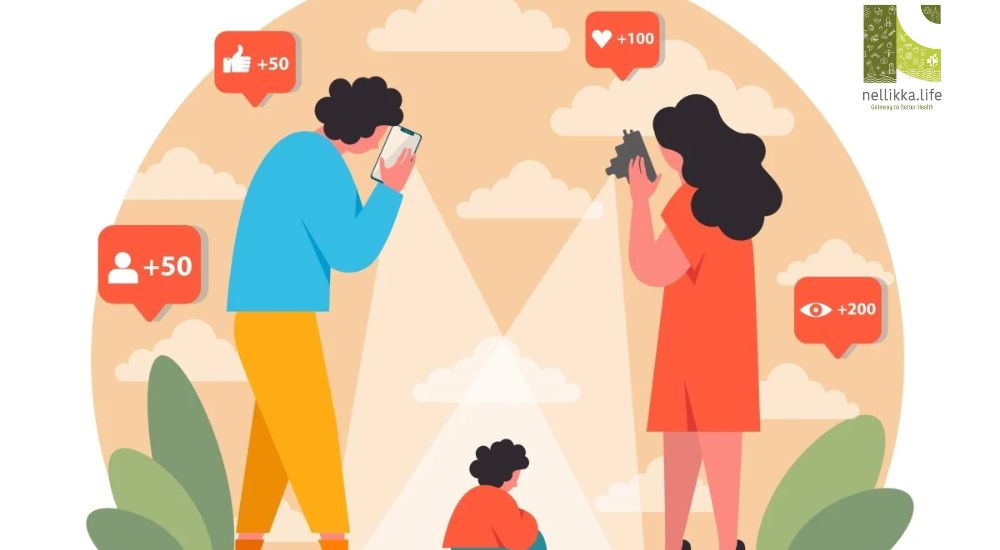The Dangers of Sharenting: Why Oversharing About Your Kids Online Can Be Risky

“Sharenting” — a blend of “sharing” and “parenting” — refers to the act of parents posting details, pictures, or videos of their children on social media. While it may seem like a harmless or even loving gesture, this digital footprint can have long-lasting and even dangerous consequences for children. Let’s explore why.
What Is Sharenting?
Sharenting includes:
- Posting photos of children on birthdays, vacations, or during milestones
- Sharing funny or embarrassing stories
- Uploading school achievements, medical updates, or everyday activities
- Using family vlogs and reels that feature minors
According to a report by University of Michigan C.S. Mott Children’s Hospital, 75% of parents report sharing pictures or information about their children online — often without realizing the privacy implications.
The Hidden Dangers of Sharenting
1. Digital Footprint Before Consent
Children are developing an online identity long before they can control it themselves. What’s cute today might be embarrassing — or damaging — in the future. College admissions officers, employers, and even classmates may someday stumble upon these posts.
2. Online Predators & Exploitation
Photos shared online can be downloaded, manipulated, and used by predators or on inappropriate platforms. A 2015 study by the Australian Children’s eSafety Commissioner found that half of all images shared on pedophile forums were taken from parents’ social media pages.
3. Identity Theft
Oversharing personal information (e.g., full names, dates of birth, addresses, school names) can lead to identity theft. Hackers can build a child’s profile over time, risking credit fraud and scams.
4. Mental Health Impacts
When children grow older and realize their lives were publicly documented without consent, they may experience trust issues, anxiety, or a lack of autonomy. They may also face bullying from peers who come across these posts.
5. Loss of Privacy
Parents may inadvertently expose sensitive moments such as tantrums, medical conditions, or emotional vulnerabilities that their children may prefer to keep private.
Psychological Perspective
According to Dr. Stacey Steinberg, author of Growing Up Shared, “Children have a right to privacy, and parents must weigh their own freedom of expression against their child’s right to control their digital identity.”
The American Psychological Association (APA) has also cautioned parents to consider the long-term emotional impact of sharing personal content without the child’s understanding or consent.
How to Share Responsibly
If you still wish to share milestones and moments, consider the following safety tips:
Ask: “Would I want this shared about me?”
Avoid showing nudity or vulnerable states (baths, tantrums, etc.)
Use privacy settings — share only with trusted people
Blur faces or use emojis for anonymity
Avoid sharing real names, locations, and school information
Let older children approve or veto posts involving them
Sharenting comes from a place of love — the joy of seeing your child grow and wanting to celebrate it with others. But as we live more of our lives online, parents must be mindful of the digital legacy they create for their children.
In a world where privacy is increasingly rare, protecting your child’s right to it might be one of the greatest gifts you can offer.
References :
1. Sharenting: Children’s Privacy in the Age of Social Media
2. Sharenting.” Pros, cons, and best practices
3. Children and privacy policy




